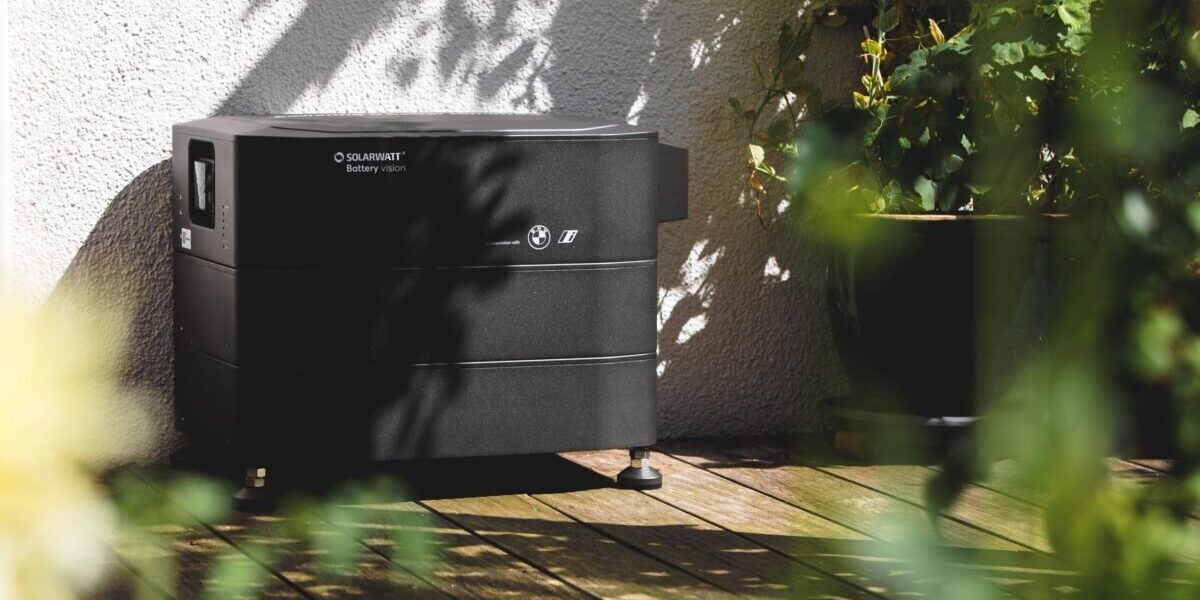From pv magazine Italy
The SLF is a world-renowned Swiss research institute that conducts solution-oriented research on natural hazards, mountain ecosystems, and snow and ice. It recently carried out an investigation on the Bernina Pass on behalf of a PV system design company that wants to build a solar park there.
Examining the state of the terrain is very important and SLF did this through the use of a drone that measured the depth of the snow. “If you install a photovoltaic system in a place where there is 7 meters of snow in the winter, it will certainly break in the spring,” said Yves Bühler, from the SLF's Alpine Remote Sensing research group.
SLF experts underlined that “a few meters to the left or right often makes the difference between suitable and unsuitable terrain,” which is why it is important to fly the drone to obtain scientific data.
“We use drone cameras to measure the spatial distribution of snow depths,” Bühler added. “If you do this after snowfall with different wind directions, you can better estimate which locations would be suitable in terms of snow. This is particularly helpful if you can measure both before and after the construction of the facilities.”
The results of the aerial survey are passed on directly to the planners to prepare expert reports in order to establish whether special measures are necessary, explained Stefan Margreth, head of the SLF's protective measures research group. “In the past, we only had rough information from maps showing the average snow depth across the whole of Switzerland, perhaps there was a measuring station nearby, which gave us an idea of the situation on the ground, but not the details.” In practice, however, even a comparatively small depression can cause large, local snow depths. The survey flights therefore provide important information.
“You have to adjust the ground clearance of the PV modules to the local snow depth,” Margreth noted. If the substructure is too low, the modules will disappear under a white blanket and the solar park will not produce any electricity. Snow pressure can also cause damage.
On an industrial building, a solar installation increases the snow load by up to 25%; on the open area, there is likely to be around 20% more snow,” Margreth added. A height of 3 meters then becomes 3.5 to to 4 meters.
“It is very important that the snow depths are also monitored after the construction of a system in order to have a better basis for further solar parks and repairs,” Margreth pointed out.
This content is protected by copyright and may not be reused. If you want to cooperate with us and would like to reuse some of our content, please contact: editors@pv-magazine.com.



By submitting this form you agree to pv magazine using your data for the purposes of publishing your comment.
Your personal data will only be disclosed or otherwise transmitted to third parties for the purposes of spam filtering or if this is necessary for technical maintenance of the website. Any other transfer to third parties will not take place unless this is justified on the basis of applicable data protection regulations or if pv magazine is legally obliged to do so.
You may revoke this consent at any time with effect for the future, in which case your personal data will be deleted immediately. Otherwise, your data will be deleted if pv magazine has processed your request or the purpose of data storage is fulfilled.
Further information on data privacy can be found in our Data Protection Policy.